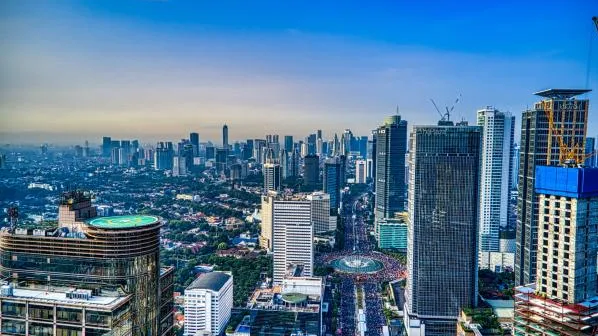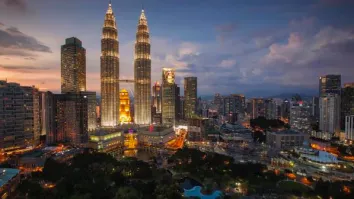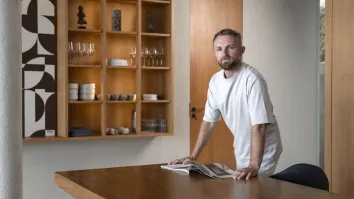
Jakarta office space demand to hit up to 150,000sqm per year till 2026
Rightsizing continues to be a trend amongst occupiers.
In Jakarta’s office market scenario, tenants maintain a stronger bargaining position due to the significant amount of large unabsorbed spaces remaining by the end of 2023.
According to Colliers, office demand is expected to remain relatively stagnant throughout the first half of 2024. However, the business climate is expected to regain enthusiasm following political and economic stability after the presidential elections.
Here’s more from Colliers:
The flexibility of the property owners is crucial in absorbing space, especially in newly operational office buildings. Currently, tenants are actively seeking opportunities to relocate to higher-quality offices offering special leasing packages, prioritizing factors beyond just location and surrounding facilities. Moreover, involving third-party property consultants remain an effective strategy for securing more profitable transaction agreements.
In terms of industry types, businesses related to finance and technology continue to be the main drivers of office demand. Nevertheless, the majority of office transactions are still contributed by existing tenants occupying current office spaces, with few new business sectors capable of significantly occupying large vacant spaces.
Several active business sectors currently seeking space include banking, digital infrastructure companies, start-up enablers, mining (especially coal), medical, logistics, construction and trading.
Indonesia’s economy has remained relatively healthy in recent years, with projections indicating stability in 2024. Despite a slight bias towards economic growth, demand for office space is forecasted to remain relatively stable at 100,000–150,000 sq m per year during 2024–2026.
However, the trend of reducing office space continues for several tenants in line with their business performance. Rightsizing, previously known as downsizing, is being undertaken to optimise space usage, especially for companies implementing hybrid working models. This trend varies significantly, with some companies reducing space by 10% while others maintain only 10% of their previous office space.
Amidst the dynamics of relocation and rightsizing, coupled with limited supply, the average occupancy is expected to gradually climb. However, annual office absorption has yet to reach the golden period seen before 2019.
As of Q1 2024, average occupancy rates were recorded at 74.7% in the CBD and 77.9% outside the CBD. Without completed projects, average occupancy is expected to reach about 76% by the end of 2024. Conversely, with a significant additional supply in the remaining months of 2024 outside the CBD, average occupancy is expected to decline by about 4%.



















 Advertise
Advertise





